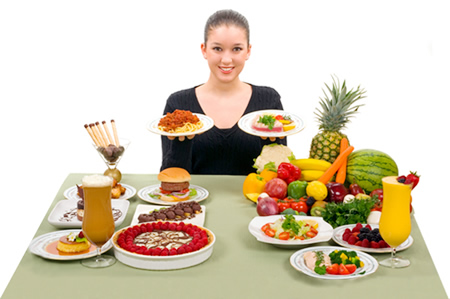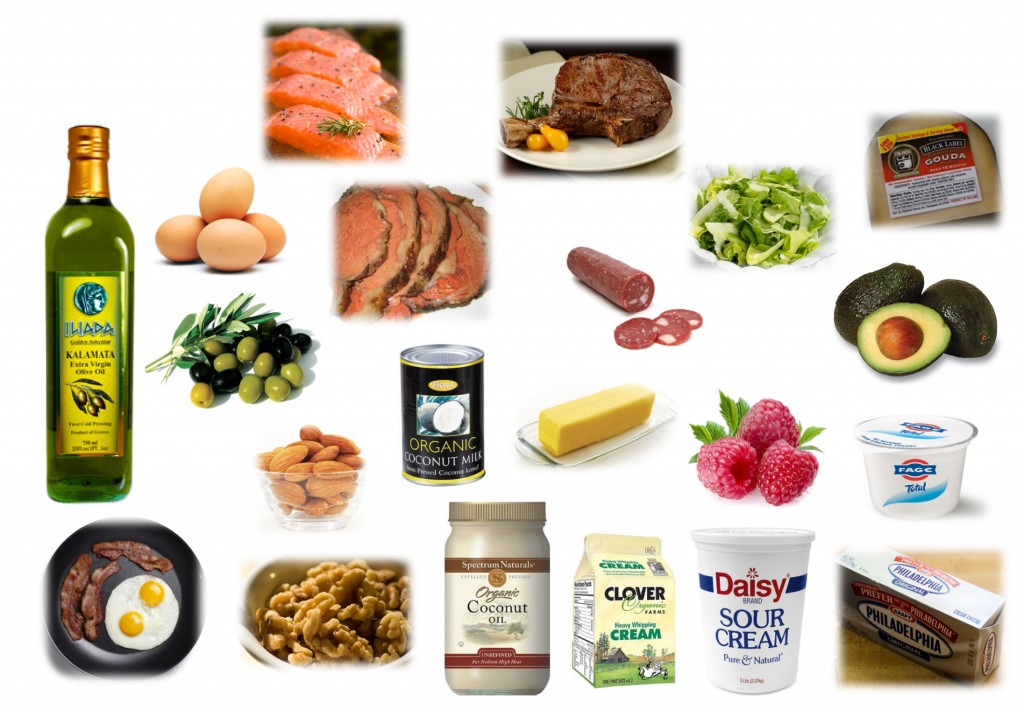It’s that time of the year when we all want to start losing some weight. Whether your weight gain can be attributed to consistent overeating during the holiday season, or is a direct result of inactivity brought on by the cold harsh weather outside, it’s time to drop a few pounds and get back in shape.Exercise will help. But we all know that exercise alone cannot guarantee you will create a large enough caloric deficit to ensure weight loss. What else can you do? Why of course – start counting calories in everything you eat!
I have heard horror stories of young adults counting every single calorie to ensure that they consume fewer calories than what their body requires on an average day, simply to lose weight without including any exercise into their routine. I am quite opposed to the idea of counting calories to the point of obsession. But then…anything that becomes an obsession can never be really healthy and wholesome.
In my opinion, that can be dangerous in the long run — reducing your immunity, making you feel fatigued and weak, and interfering with a healthy metabolism. But if you are on a weight loss journey, it can be helpful to learn the importance of counting calories to ensure you are eating fewer calories than what you are burning through exercise.
Understanding How Weight Loss and Calories Work. Before you learn how to calorie count, you must know your BMR. Use an online calculator to find out how much you should weigh depending on your sex, age, height and activity levels. Eating calories over and above the suggested daily intake will result in weight gain. Similarly, eating fewer calories than the suggested daily intake will result in weight loss.It’s also very important to understand that calorie counting is not a diet; all it will do is help you understand how many calories to eat everyday based on your BMR to lose weight. According to medical experts, losing about 1-2 pounds per week is ideal. And since 1 pound is made up of 3,500 calories, creating a 500 calorie deficit every day will result in 1 pound of weight loss over a week easily.
Start Counting Calories. Since the goal here is to cut down 500 calories a day, you have to begin with knowing how many calories are present in all your favourite foods. The aim is to create a wholesome diet plan for a week, and for that you will require careful planning.



1. Look up some nutritional websites and find out how many calories are there in all your staple foods. Be sure to find calories per serving, so that you have a clearer idea when you are planning your meals. If you find that the current content of your kitchen ladder have rather too many calories, you might have to go shopping and buy low calorie alternatives to be able to create that 500 calorie deficient every day.
2. It’s helpful to buy the right tools to be able to measure food. While your data will tell you all about calories per serving size, how exactly do you determine what an ideal serving size should be? Pick up food scales, measuring spoons and measuring cups so that you know exactly how many calories you are adding to everything you eat. Otherwise, it can become rather difficult to keep a tab on how much cheese you added to your omelette or if you added too much cream to your cup of tea. Using measuring paraphernalia ensures that you can count calories easily.
3. Keep a food journal where you document everything you eat or drink. Yes, many of us will count calories for breakfast, lunch and dinner. But what about those endless cups of tea accompanied by cookies, a few bites of your friend’s homemade cake and those soup sticks you ate? Keeping a journal lets you get a realistic picture of what you are eating and how many calories are contained within the food, so that you can tabulate the data at the end of the day and ensure you still managed to cut 500 calories.
4. Now, you might think that a calorie is a calorie. But in reality, not all kinds of calories are equal when it comes to weight loss. Which do you think is better – 150 calories from cookies, or 150 calories from a bowl of heart healthy soup? While calorie counting makes it easier to achieve weight loss and fitness goals, it’s equally important to choose healthier foods. If you are going to eat only 2000 calories a day, make sure that every single calorie counts and comes from a good food source. Choose lean white meats over red, fatty meats; whole grains over processed grains; healthy fats over saturated fats; and nuts, seeds and fruits over candy and sweets.
5. While it can be easy to count calories when you cook homemade meals, it could get rather tricky if you are buying packaged foods. Make sure that you also read the calories per serving for everything you buy at the grocery store – be it frozen meats, breads or packaged snacks.
Expect it to get easier. In the beginning, when you don’t know the number of calories of any food item, counting calories requires quite a bit of time and research, which can be frustrating. But once you automatically know an apple is 70 calories or a favorite granola bar is 90 calories, it becomes much easier.
Don’t expect your weight loss program to happen overnight. Too often, people with really good intentions get discouraged right before they start to see real results. Had they just kept with it for a little bit longer, they would have started reaping the rewards. So stick with your program, believe in it, and be patient. You owe it to yourself.